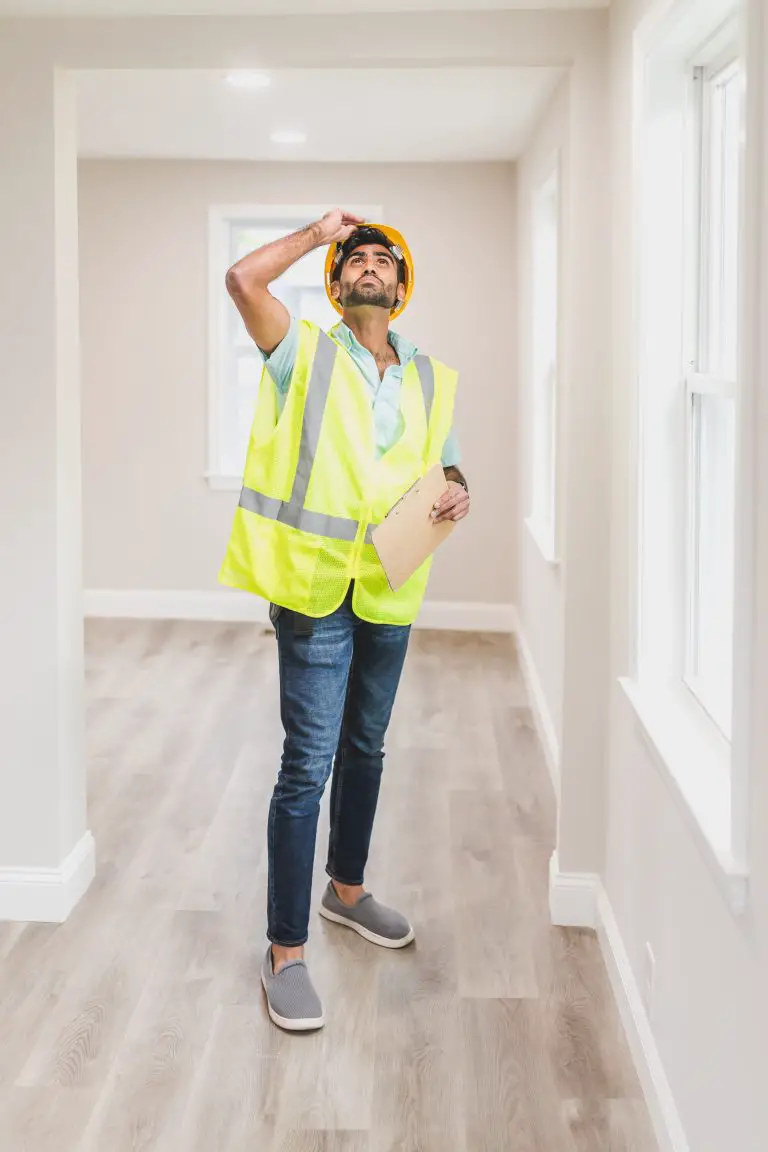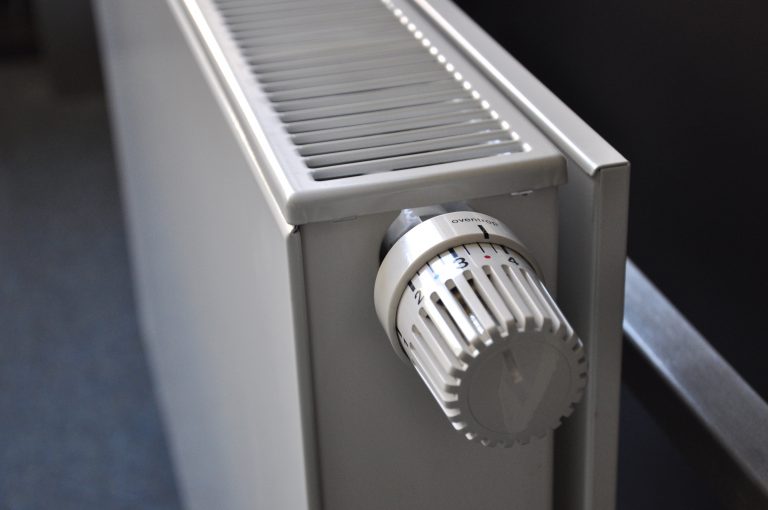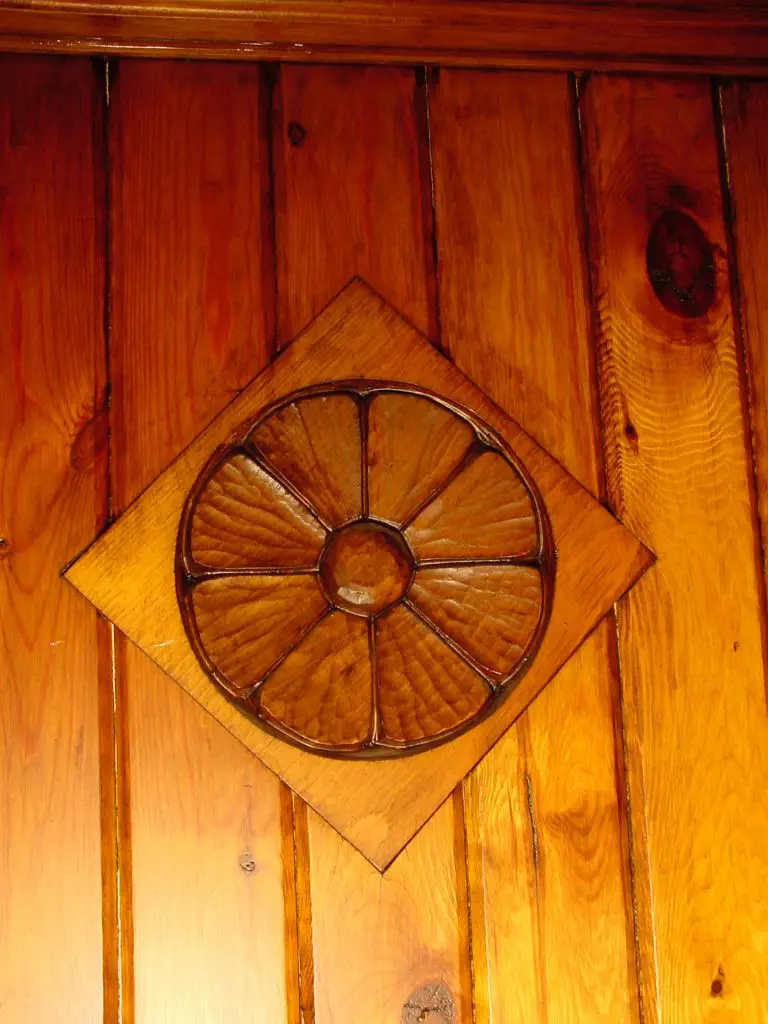
Our needs and abilities often change as we age, so adapting living spaces for comfort and safety is important. Making your home senior-friendly isn’t just about accessibility; it’s about creating an environment that promotes independence and improves quality of life. When planning for your future or that of a loved one, making a home safe and accessible will help older adults stay in their homes longer. In a living space designed to meet seniors’ needs, you’ll live with a better quality of life, well-being, and increased peace of mind.
Read on for practical tips and ideas to make your home more accommodating and safer for seniors.
Create a No-Step Entry
A no-step entry eliminates the need to step over a threshold or climb stairs to enter the home. This modification significantly reduces the risk of tripping or falling, which is especially important for seniors with mobility or balance issues. A no-step entry accommodates a wide range of mobility aids, making the home more accessible.
Improve Lighting
Improved lighting is another essential part of making a home more senior-friendly. Adequate lighting in hallways, staircases, and entryways reduces trips and falls. Adding focused lighting in areas where tasks are performed, such as reading, cooking, or sewing, makes it easier for seniors to see what they’re doing while reducing eye strain.
Installing motion-activated nightlights in bedrooms, bathrooms, and hallways will help with safe navigation at night, providing convenience and safety without manual operation.
Make Bathrooms Accessible
Bathrooms can pose many hazards due to slippery surfaces, limited space, and the physical demands required while using the room. Sturdy grab bars placed near the toilet, inside the shower, and next to the bathtub to provide support when sitting, standing, or moving are a must.
Replace the traditional bathtub with walk in tubs for seniors. This will allow easy bathing access without climbing over the tub’s edge. Install a raised toilet seat or replace the existing toilet with a comfort-height model, which is taller and easier to sit on and stand up to.
Remove Tripping Hazards
Falls are one of the most common injury causes among older adults. As mobility and balance decline with age, creating a clutter-free environment where seniors can move around safely is essential.
Remove loose rugs and mats or replace them with non-slip versions. Tidy up electrical cords with cord organizers or clips to secure them along walls or behind furniture. Encourage putting things away immediately after use, especially in well-travelled areas.
Create a Single-Level Living Space
Please arrange the home so all essential living areas (the bedroom, bathroom and kitchen) are on one level. A single-level layout makes it easier to move around the house, particularly for seniors using walkers, canes, or wheelchairs.
Keeping a single-level home clean and organized is easier, as there’s no need to carry cleaning supplies or laundry up and down stairs. A single-level living space allows seniors to age in place more comfortably, as they won’t need to relocate or make significant adjustments to their living situation as their mobility changes.
Install a Stairlift
If creating a single-level space isn’t possible but stairs are an issue, consider installing a stairlift to ensure safe mobility between levels. Stairlifts enable access to all levels of the home without assistance so seniors can maintain independence. Users can sit on the stairlift, press a button, and be transported up or down the stairs.
Smart Home Technology
Smart home technology can significantly enhance safety and convenience for seniors by automating various aspects of their living environment. Smart lighting and thermostats, voice-activated assistants, appliances with automatic shut-off features, and video doorbells are all examples of smart home tech that can help seniors live more independently in their homes.
Fire Safety
Due to mobility issues or slower reaction times, seniors may be more at risk of fire dangers. Test smoke and carbon monoxide detectors monthly, replace batteries annually, and replace units every 5-10 years or according to manufacturer recommendations. Ensure that hallways, doorways, and escape routes are clear of clutter or obstacles that could impede a quick exit.
Emergency Response Systems
Emergency response systems come in many forms and give seniors quick help when needed. Wearable devices, like pendants or wristbands, have a button seniors can press in case of a fall or medical issue. Some models can even send an alert if they detect a fall.
Home monitoring systems offer 24/7 services, including emergency help and wellness checks. To make homes safer, these systems can connect with smart home devices like cameras, motion sensors, and smart locks.












